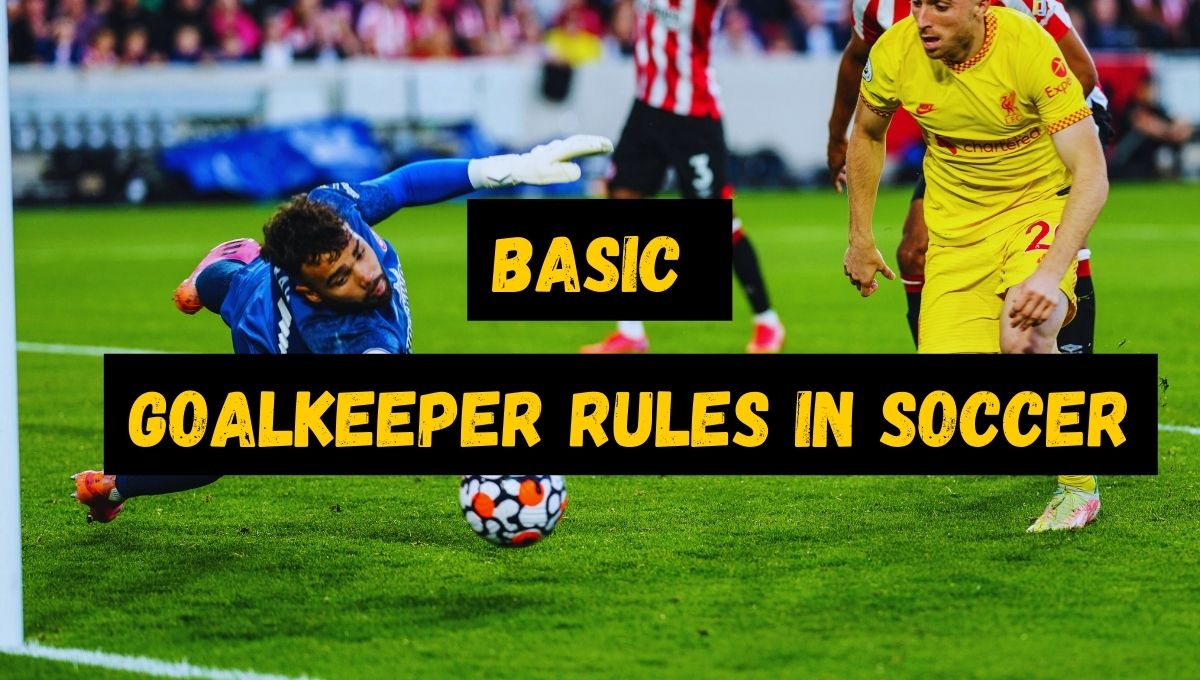In soccer, the goalkeeper stands out as the final line of defense. Their performance can often determine the outcome of a match. But what specific rules govern this crucial position?
In this guide, we’ll cover the essential rules every goalkeeper must follow, explain how their role differs from other players, and highlight both their unique privileges and limitations.
Whether you’re a player, coach, or fan, keep reading to learn the key regulations that shape the art of goalkeeping.
7 Essential Goalkeeper Rules in Soccer
1. Handling the Ball
Goalkeepers are the only players allowed to use their hands and arms, but only under certain conditions:
- Inside the Penalty Area:
Goalkeepers can catch, block, or throw the ball using their hands only within the penalty area—the 18-yard box in front of their goal. It’s important to remember that fouls committed by defenders inside this area can result in a penalty kick for the attacking team. - Outside the Penalty Area:
Once outside the penalty area, goalkeepers are treated like regular outfield players and cannot use their hands. Handling the ball outside the box results in a direct free kick for the opposing team at the spot of the infraction.
2. Goal Kicks
When the ball crosses the goal line (but not into the goal) after last touching an attacking player, the defending team is awarded a goal kick.
While the goalkeeper often takes it, any defending player can perform the kick or pass it to a teammate within the rules.
Learn more about goal kick rules 👇here:
3. Handling a Back Pass
In the past, goalkeepers could pick up a deliberate back pass from their teammates. However, the rules have changed:
- A goalkeeper cannot handle the ball if a teammate deliberately kicks it to them with their feet.
- If they do, the opposing team is awarded an indirect free kick from where the handling occurred.
See a clear explanation of the back pass rule here 👇:
4. The Six-Second Rule
To prevent time-wasting, goalkeepers must release the ball within six seconds after gaining full control of it.
Failure to do so can result in the referee awarding an indirect free kick to the opponents and possibly issuing a yellow card for delaying the restart of play.
👇 Watch examples of indirect free kicks inside the box:
5. Penalty Kick Rules
When facing a penalty kick, goalkeepers must:
- Keep at least one foot touching the goal line when the ball is kicked.
- They can move sideways along the goal line but cannot move forward off the line until the ball is struck.
Breaking these rules can lead to a penalty being retaken.
6. Encroachment During a Penalty Kick
Timing and positioning during penalty kicks are crucial:
- If a defending player enters the penalty area before the ball is kicked and the goalkeeper saves the shot, the penalty must be retaken.
- If an attacking player encroaches and a goal is scored, the goal is disallowed and the penalty is retaken.
7. Diving at an Opponent’s Feet
When goalkeepers dive at an attacker’s feet, they must do so carefully:
- Reckless or dangerous tackles can result in a foul or even a yellow or red card.
- Safety must always be a priority when challenging for the ball in close situations.
Final Thoughts
While the basic rules for goalkeepers are generally based on the FIFA Laws of the Game, small variations can exist depending on different leagues and competitions.
Understanding these rules not only helps goalkeepers perform better but also helps fans appreciate the skill and judgment involved in goalkeeping.
Want to learn more? 👇 Check out the Do’s and Don’ts of Goalkeeping.
Also Read:
